We all have bucket lists, places to see before we die, adventures to tick off our to-do lists, and natural wonders of the world we feel drawn to stand in awe of.
But what if I told you it’s possible you’ll outlive some of the places on your list?
The global climate crisis is taking a toll on our natural and manmade wonders of the world. Sea levels are rising, pollution is increasing, and many of the places we long to visit, are changing right before our eyes. The world is full of spectacular places, and you don’t want to miss out!
These places sit on my personal bucket list, but before you add them to your own, consider traveling responsibly and be sure to offset your emissions. There’s a beautiful world out there to discover but tread lightly if you do.
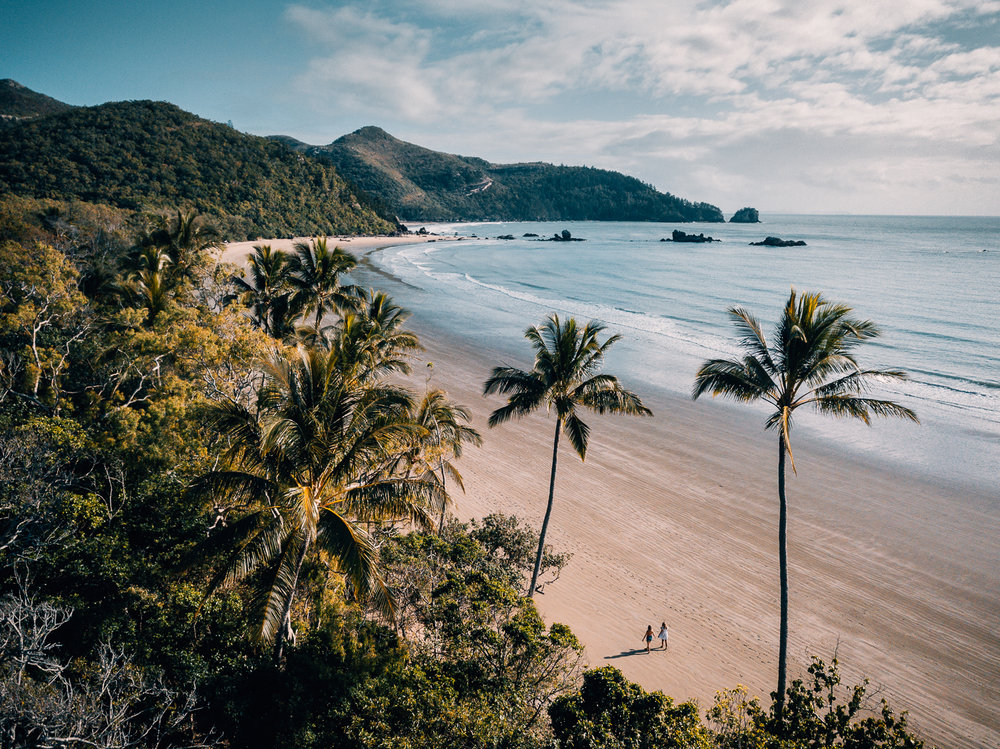
Here are 7 places to visit before they change forever
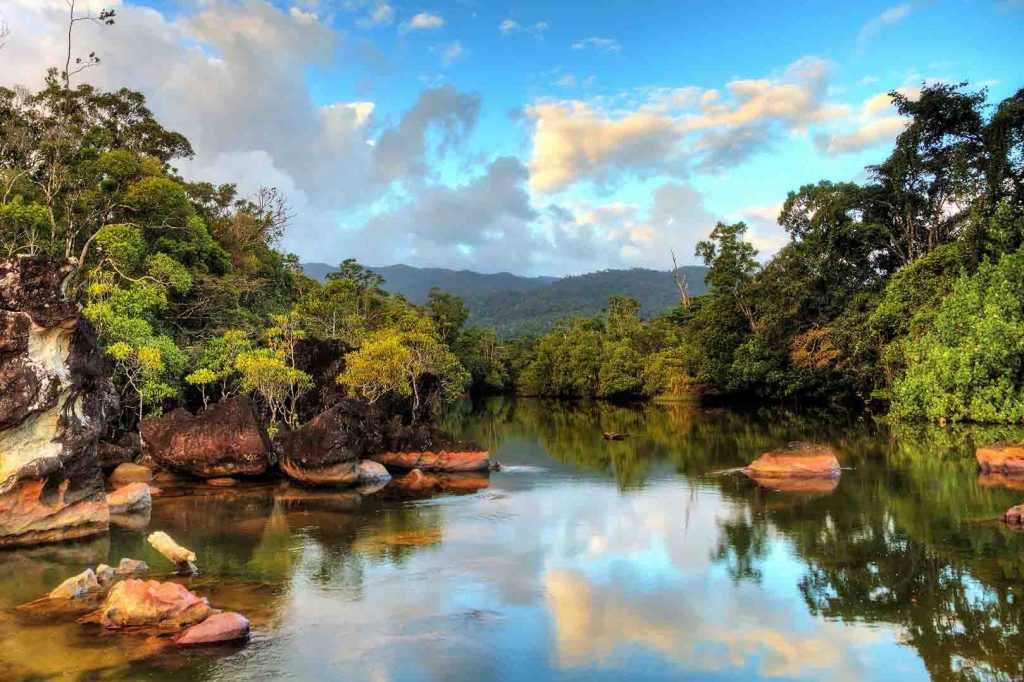
Via Tourism Style
1. Madagascan Forests
I’ve heard the Madagascan forests are even more beautiful in person than the beloved Dreamworks animation. Hard to believe, right? Known for their high levels of biodiversity, in the Madagascan Forests you’ll see species you will never find anywhere else on earth. 92% of mammals inhabiting Madagascar exist exclusively on the island, and although it used to be teaming with wildlife, numbers are dropping as humans take their toll. The slash and burn agriculture, logging, charcoal and fuelwood production, and general forest degradation, has left Madagascar in danger. Losing forestry means losing wildlife, and many species are now under threat. Visiting the Madagascan forests may mean you’ll see species your grandchildren will only hear about in the movie you play on your dusty DVD player.
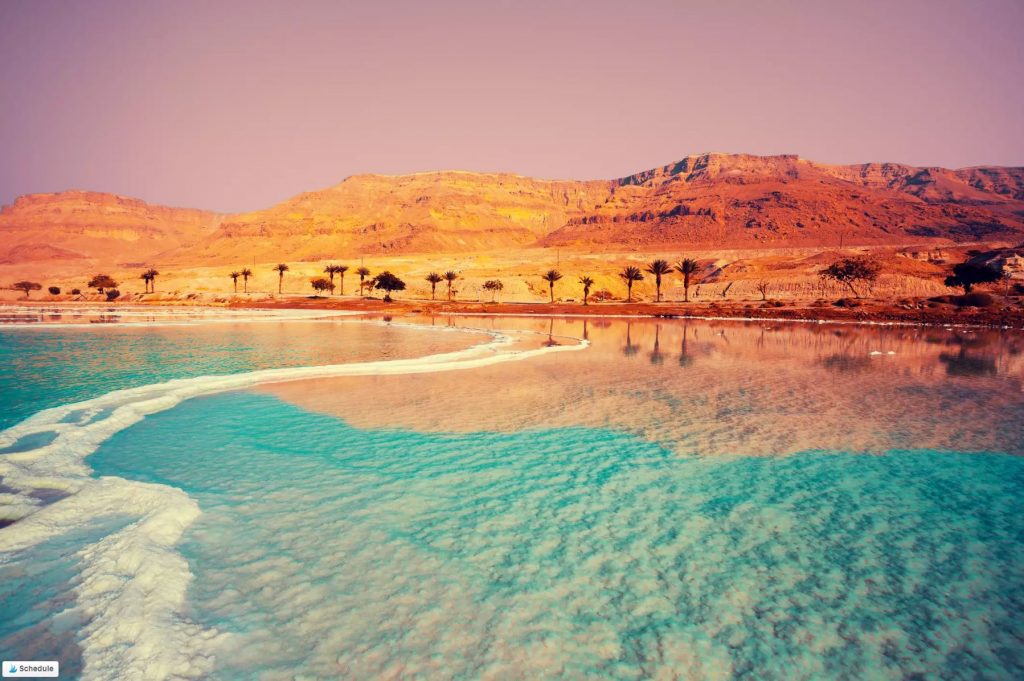
Via Istock
2. The Dead Sea
Have you ever heard of that weird ocean which makes you float so well it’s difficult to stand on two feet? The Dead Sea is the lowest body of water on the planet and has the lowest elevation. Its salt content is nearly 10 times more than the rest of the ocean, and attracts not only tourists but spiritual seekers too. It’s becoming more dangerous every day for visitors to visit the Dead Sea and swim in its unique buoyancy, as sinkholes appear and the sea level continues to drop.
One of the main reasons the Dead Sea may no longer be around for us to marvel at is the divergence of water. Dams have been built without a sustainable ecological strategy in Israel, Syria, and Jordan, to divert the flow of water for farming and drinking purposes. These dams have effectively stopped the flow of water into the Dead Sea. Home to many unique species and vegetation, the destruction of the Dead Sea may cause more harm to the environment than we can possibly foresee.

Via Queensland blog
3. The Great Barrier Reef
In the last 3 years, half of the coral reef in The Great Barrier has been bleached to death. Bleaching occurs when the ocean is too hot (unnaturally so) and destroys the coral’s algae; the food they usually survive on. To top it off, Adani’s massive coal mine has been approved to go ahead. At a crucial time for reducing carbon emissions, this huge project will only speed up the effects of coral bleaching. Although Australia continues to fight back, the project is already underway.
When snorkeling in The Great Barrier Reef recently, I witnessed the drastic and devastating difference between bleached coral and thriving coral. A thriving reef is truly something to behold. It’s no wonder the Great Barrier Reef is included in the world-renown 7 wonders of the world, but perhaps soon there will only be 6.
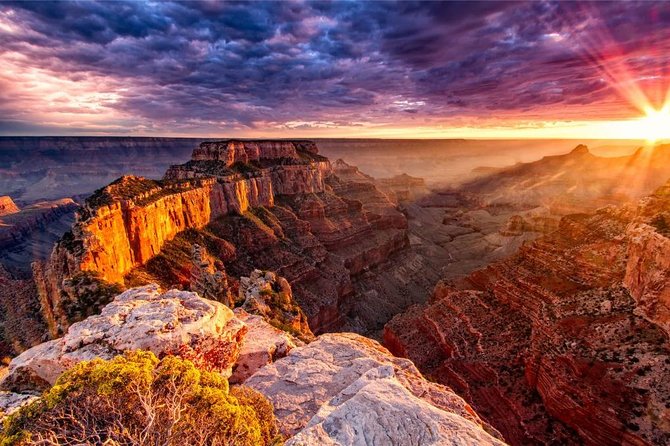
Via Viator
4. The Grand Canyon
The Grand Canyon National Park celebrated its 100th birthday in February this year, but there are doubts the grounds will last in their current state for another century. Time has slowly battered away the expansive landscape that is never done justice on a postcard of fridge magnet, and the lack of ongoing maintenance work paired with overwhelming foot traffic has left it in a poor state. The Grand Canyon has been tortured by human-caused climate change. As temperatures rise, droughts become more frequent, and erosion continues. It also doesn’t help that 5 million people visit The Grand Canyon every year, with little education on how to interact positively with the grounds. If you do add this jaw-dropping place to your list, make sure you read up on how to tread lightly and consider volunteering to help preserve the lands enjoyed by millions.
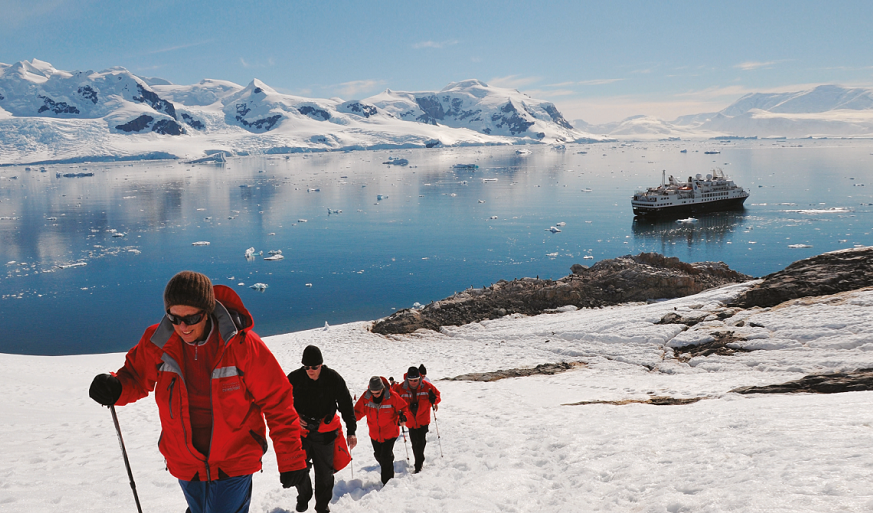
Via Cruising Magazine
5. Antartica
This is probably an obvious one in terms of urgency. Glaciers and ice sheets in Antarctica have weakened dramatically over the past thirty years, leaving a large portion of the ice in the western part of the continent seriously in danger of collapse. Our rapidly warming planet means ice in Antarctica is melting at an accelerated rate and unless global warming eases, the melting will become irreversible. Antarctica is one of the most pristine and spectacular places on earth. It’s barren and beautiful and one of the best places to see orcas, peanguins, seals and humpback whales. If you can fork out 15k for a trip, add an Antartic expedition to your bucket list.
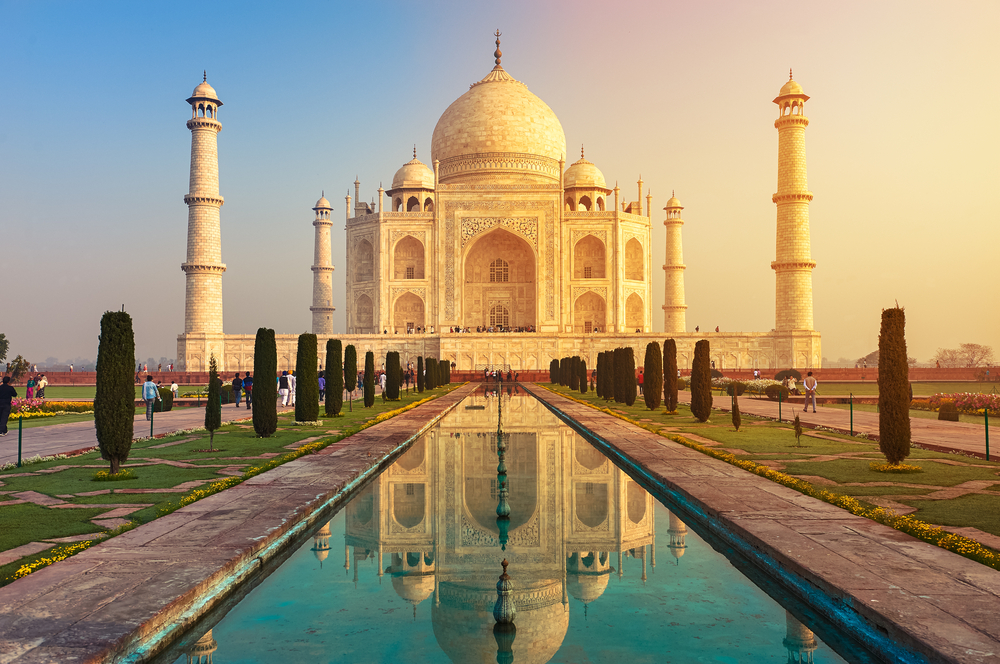
Via Lost Waldo
6. Taj Mahal
It’s likely you’ve already put the Taj Mahal on your bucket list, and perhaps you’re confused how a massive structure like the Taj Mahal could disappear before you do. Truth is, the Taj Mahal is crumbling and changing colour. Once a pearly white structure built for the Mughal emperor’s wife, the Taj Mahal is now stained shades of yellow and brown and continues to worsen with age. Although it comes as no surprise since Agra, the city it’s located in the world’s 8th most polluted city, it’s devastating to realise. If you want to grab the classic Taj selfie-and admire some of the most amazing architecture in the world, the Taj Mahal is holding up for you (just).

Via Unsplash
7. Kasbah Telouet
Willing to venture off the beaten track to discover the abandoned Moroccan Great Gatsby palace once ruled by a powerful Pasha (officer)? Kasbah Telouet must be your next holiday destination. The Kasbah Telouet holds a rich history involving exile, Sultans, and such complex stories that mean to this day, the Moroccan King still ignores its existence. Walk the mosaic-covered halls and dining rooms, while imagining the outrageous and extravagant parties of queens, kings, and world leaders that happened in those walls. The Kasbah Telouet is less impacted by climate change, rather ignored and forgotten. Due to lack of maintenance, the Kasbah Telouet will continue to turn to rubble, and its intricate history will become only facts on Wikipedia.


